Free Resources for Busy Parents and Educators Who Don’t Have as Much Time to Read and Surf as I Do with Fresh Content Every Weekday and post around 8:00 am Eastern US time.
The Twitter names next to each link belong to the authors, publications, and the people who bring them to my attention. Be sure to try the bottom right translate button for your favorite language or one you are trying to learn. If you don’t see it, check your adblocking software

Hacking Student Motivation: 5 Assessment Strategies That Boost Learning Progression & Build Student Confidence by Tyler Rablin – As an educator, one of the hardest things to do is to help students engage in deep, long-term motivation, especially when assessments are involved. @Mr_Rablin
The Benefits Of Meditation In The Classroom – The image of your 5-year-old sitting serenely on a yoga mat might calm your mind if you’re a harried parent, but does meditation benefit this age group? Beth Rush at Body + Mind vai @TeachThought

Five Reasons to Bring Our National Parks into the Classroom – No matter what topic or class an educator teaches, it is very likely that those lessons can be grounded in real examples with our national parks. Seth Kannarr via @Getting_Smart

Social Media/Artificial Intelligence
Everything You Need to Know About AI Detectors for ChatGPT
– Is whatever you’re reading written by a human, or is it generated by artificial intelligence? This list of articles will help you understand AI text detection. @reece___rogers @WIRED
Learning
Engineer Explains How the World’s Longest Suspension Bridge Will Be Built – Suspension bridges are in the news. This six-minute video deals with plans to build the biggest one yet between Italy’s mainland and Sicily. @WSJ @arlarkin @pjessee52
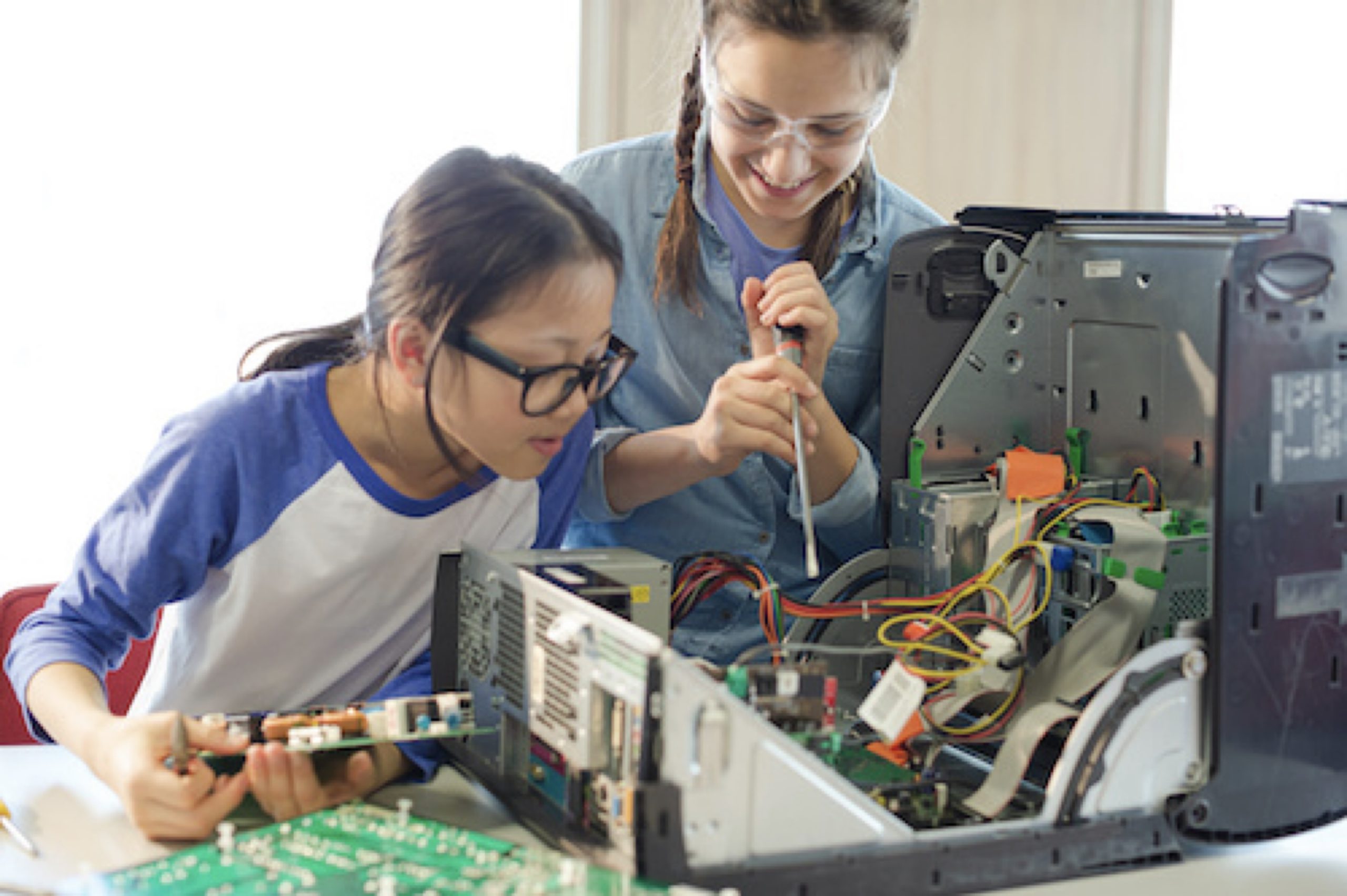
Leadership/Parenting
Empowering girls with STEM education to build tomorrow’s tech industry – STEM programs must prioritize creating inclusive and supportive environments where girls feel encouraged to explore, take risks, and dream big. Elaine Marion via @eschoolnews
Inspirational/Funny Tweets
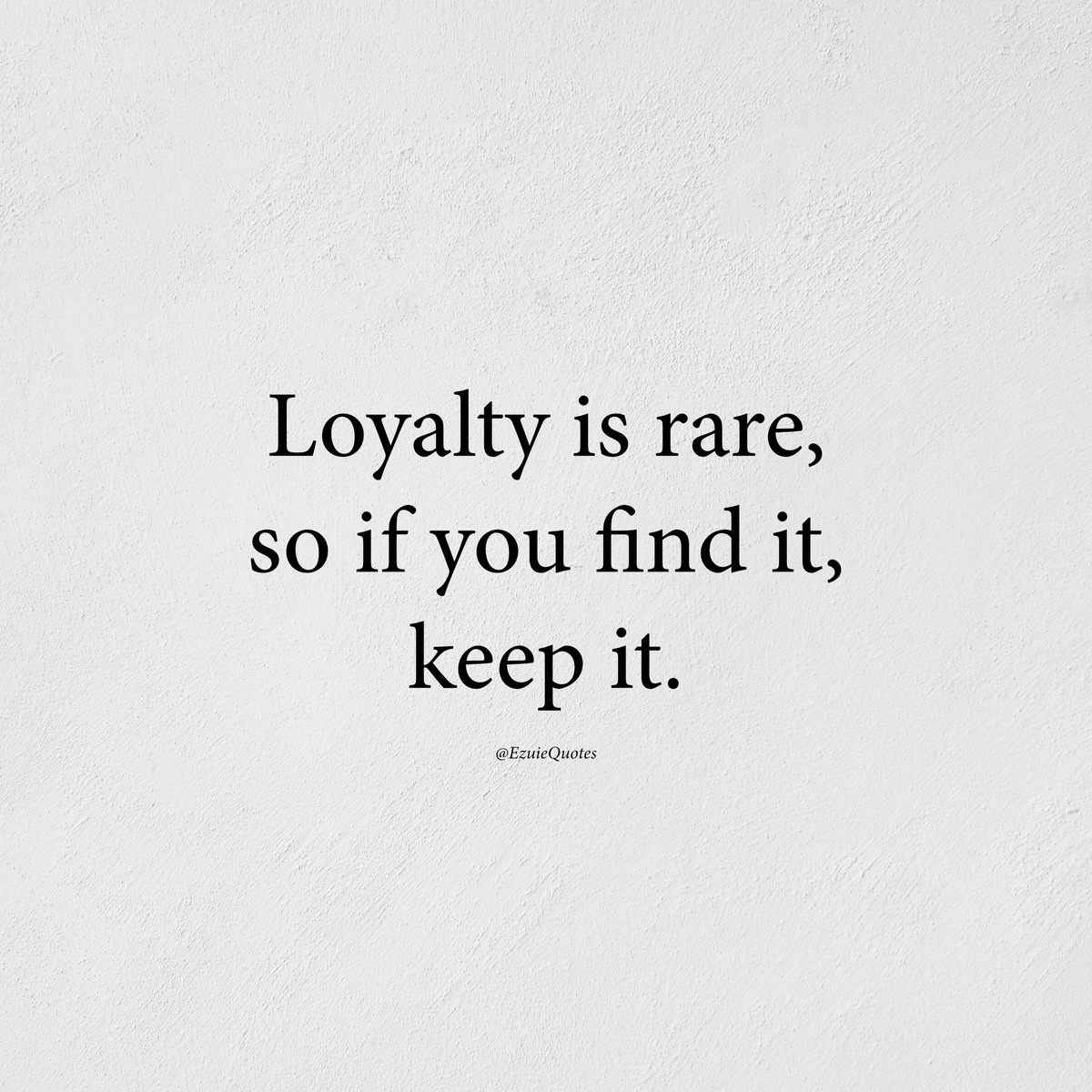 @EzuieQuotes
@EzuieQuotes
Humor, Music, Cool Stuff
Jetson One – 2023 Updates on the Coolest Human-Carrying Drone You Can Buy – It can fly at 60 mph and travel for 20 miles. You also can’t weigh more than 210 pounds and will probably need a private airplane pilot’s license. Technical Evolution via @YouTube #jetson #drone #jetsonone
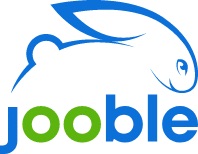
Recent Book Summaries & My Podcasts

Quit: The Power of Knowing When to Walk Away by Annie Duke
Building Thinking Classrooms in Mathematics Grades K-12: 14 Teaching Practices for Enhancing Learning by Peter Liljedahl
Influence: The Psychology of Persuasion by Robert Cialdini@RobertCialdini
Valedictorians at the Gate: Standing Out, Getting In, and Staying Sane While Applying to College by Becky Munsterer Sabky
Plays Well With Others: The Surprising Science Behind Why Everything You Know About Relationships Is (Mostly) Wrongby Eric Barker
How to Raise Kids Who Aren’t Assholes: Science-Based Strategies for Better Parenting from Tots to Teens by Melinda Wenner Moyer
My Post-Pandemic Teaching and Learning Observations by Dr. Doug Green Times 10 Publications
The Power of Regret: How Looking Backward Moves Us Forward by Daniel Pink
Limitless Mind: Learn, Lead, and Live Without Barriers by Jo Boaler
The Future of Smart: How Our Education System Needs to Change to Help All Young People Thrive by Ulcca Joshi Hansen
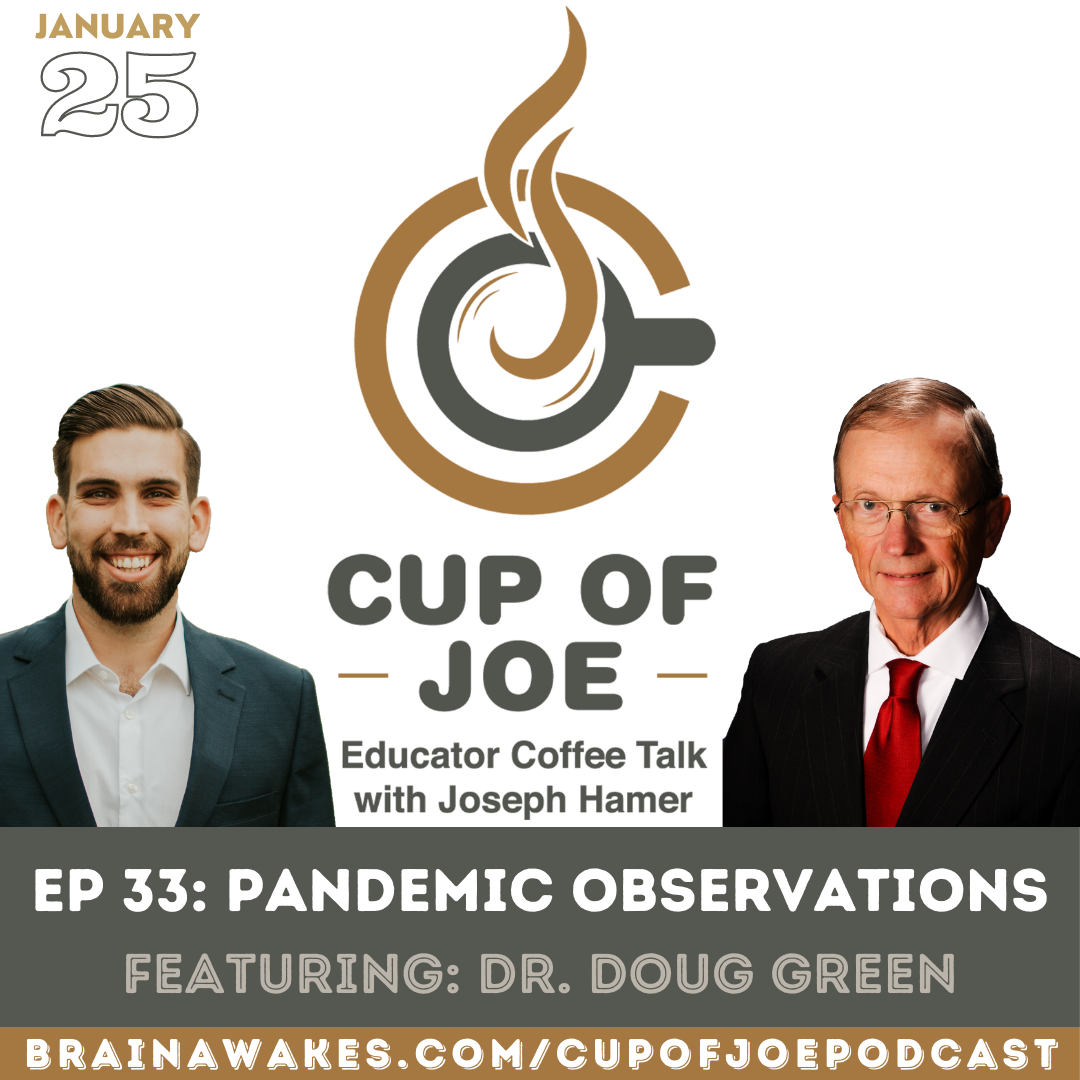
Listen to Dr. Doug on the “Cup of Joe” podcast. I recorded it last week. On it, I talk about the many good things I have seen in schools doing hybrid teaching. @PodcastCupOfJoe @DrDougGreen @BrainAwakes
This is my podcast on the Jabbedu Network. Please consider listening and buying my book Teaching Isn’t Rocket Science, It’s Way More Complex. Here’s a free executive summary. @jabbedu @DrDougGreen
Boys and Sex: Young Men on Hookups, Love, Porn, Consent, and Navigating the New Masculinity by Peggy Orenstein










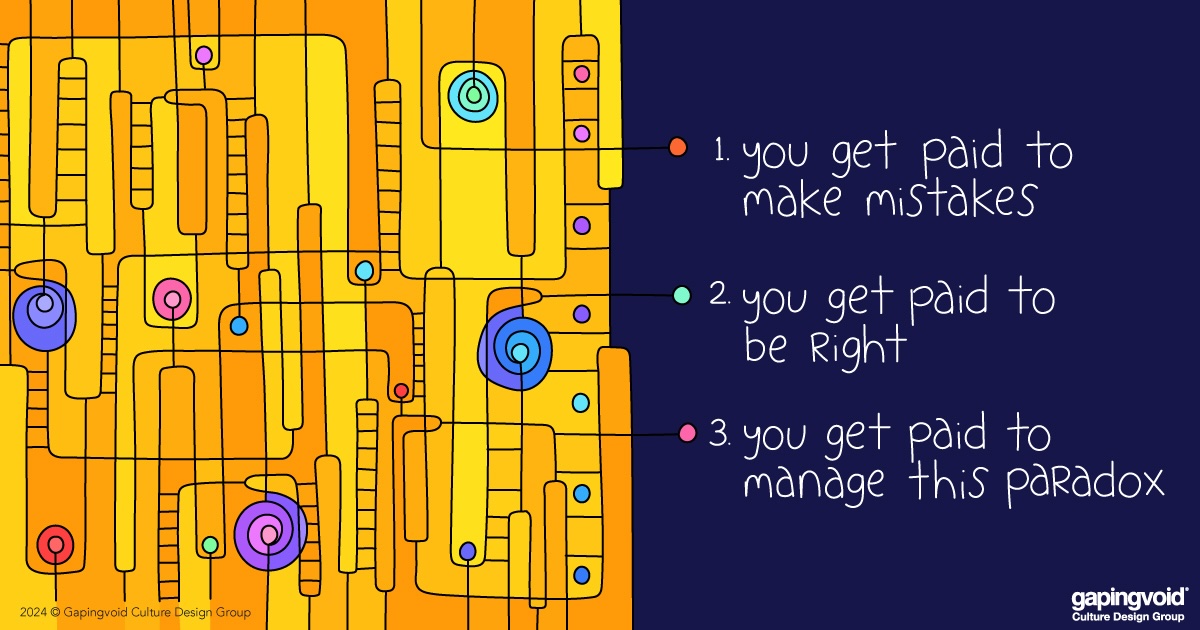 @Gapingvoid
@Gapingvoid
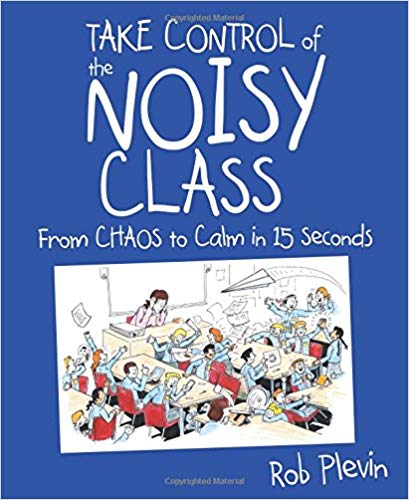


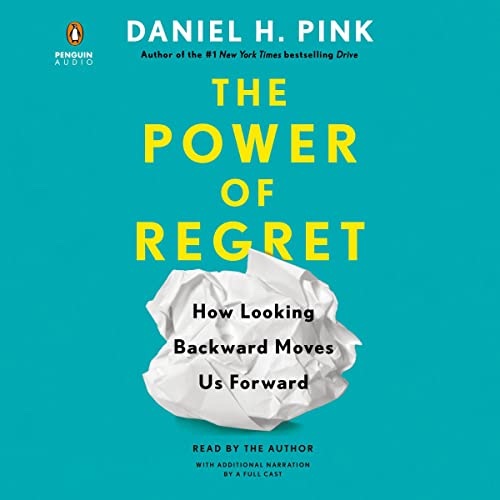

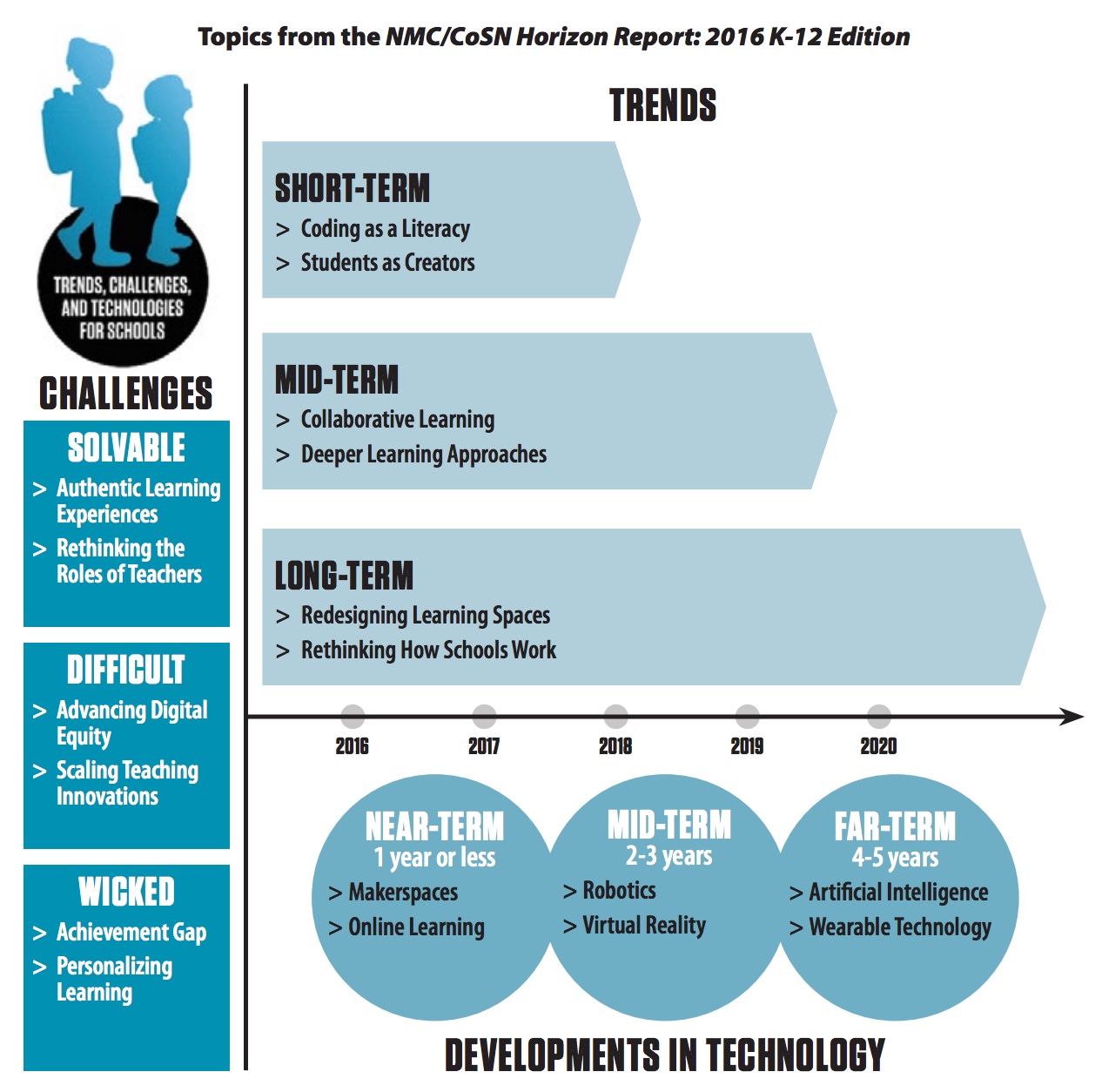

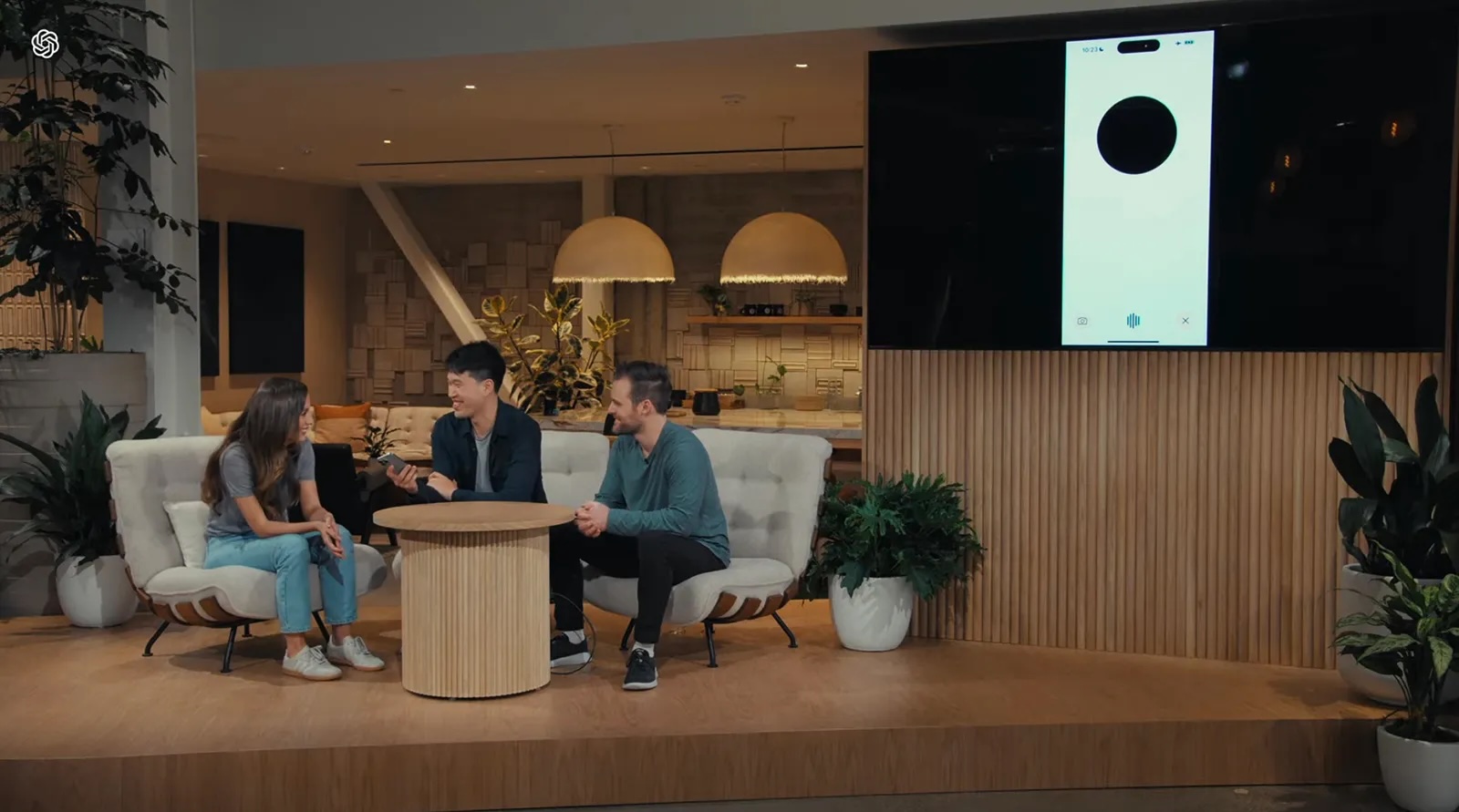
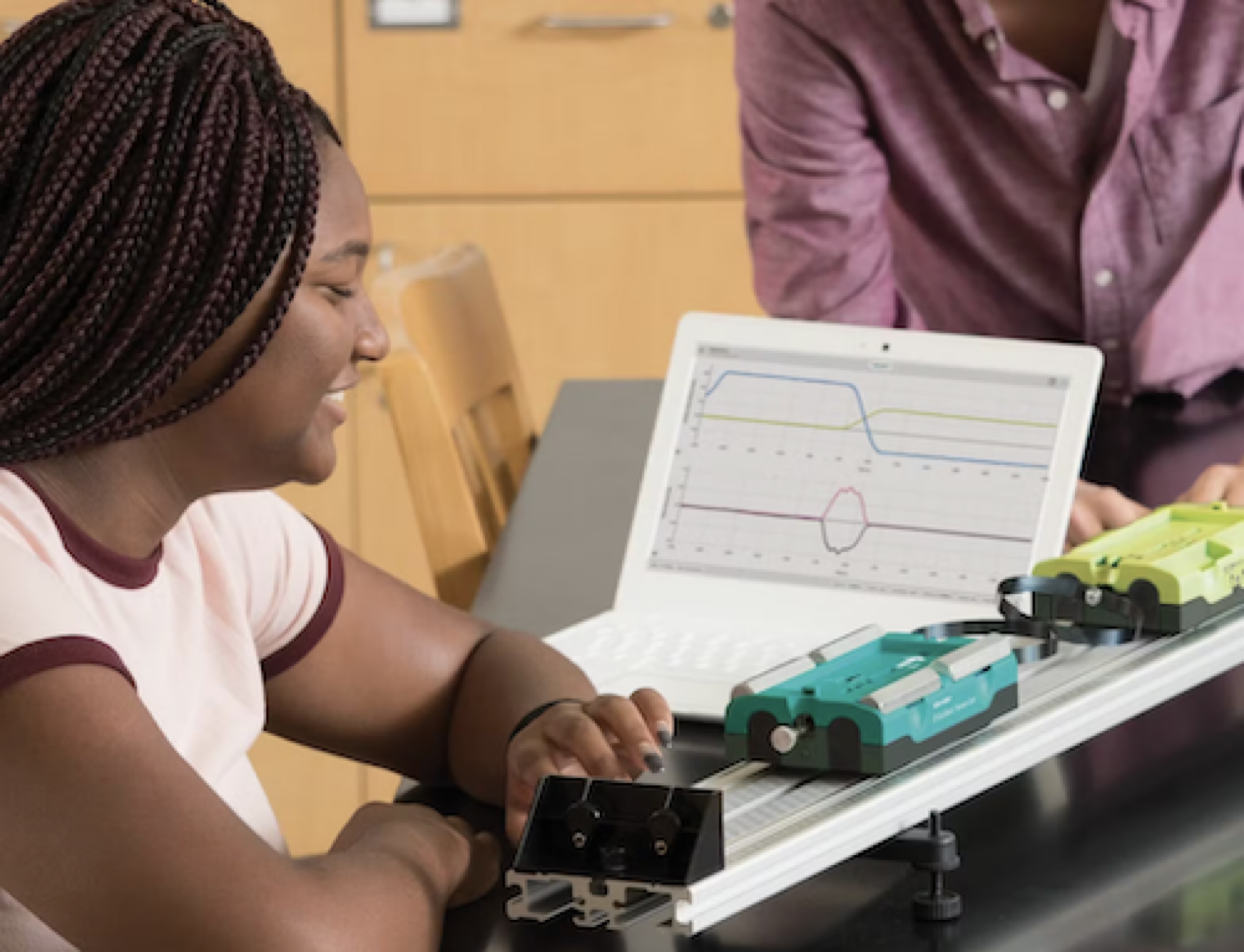
 @gcourus
@gcourus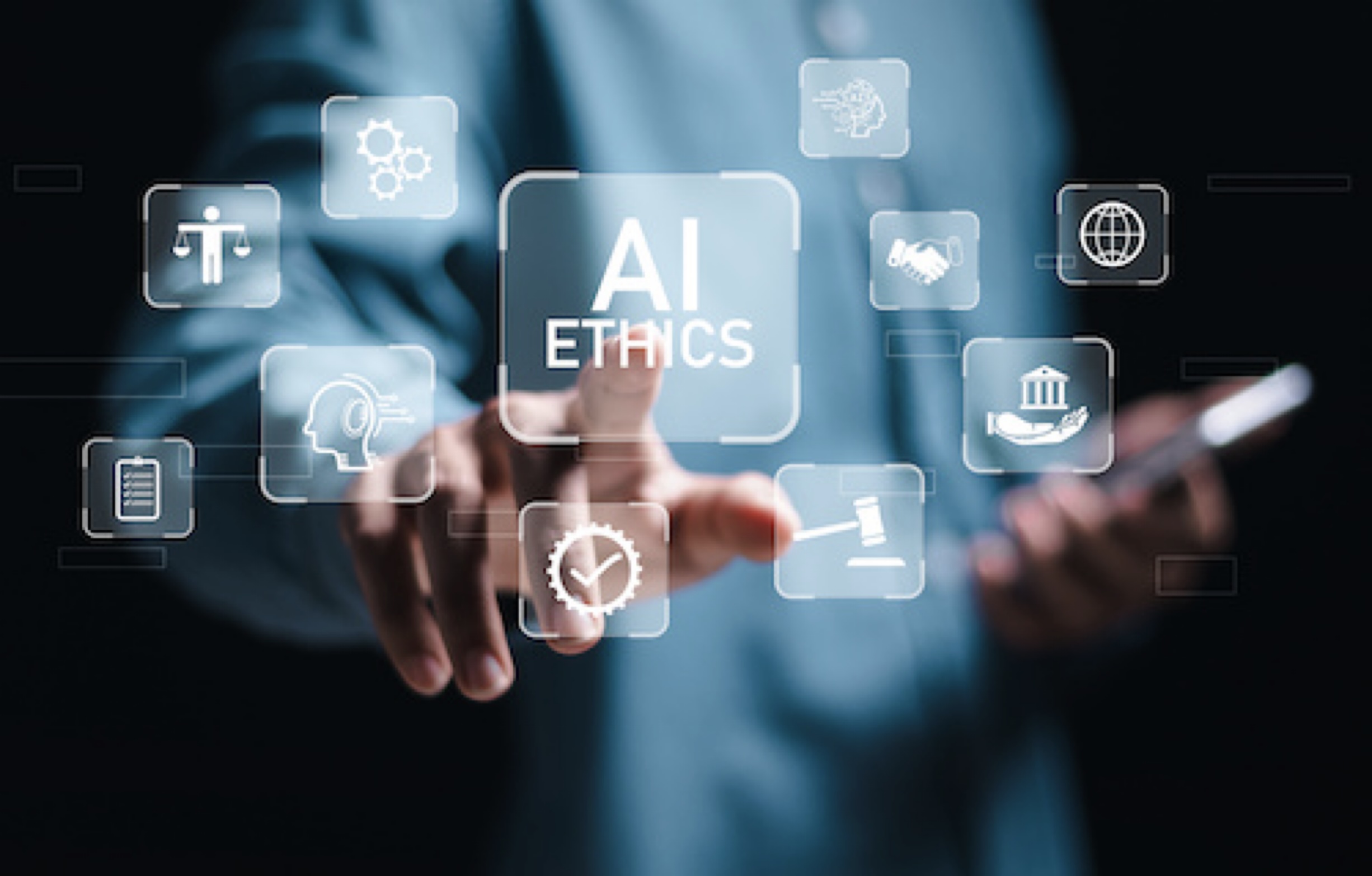
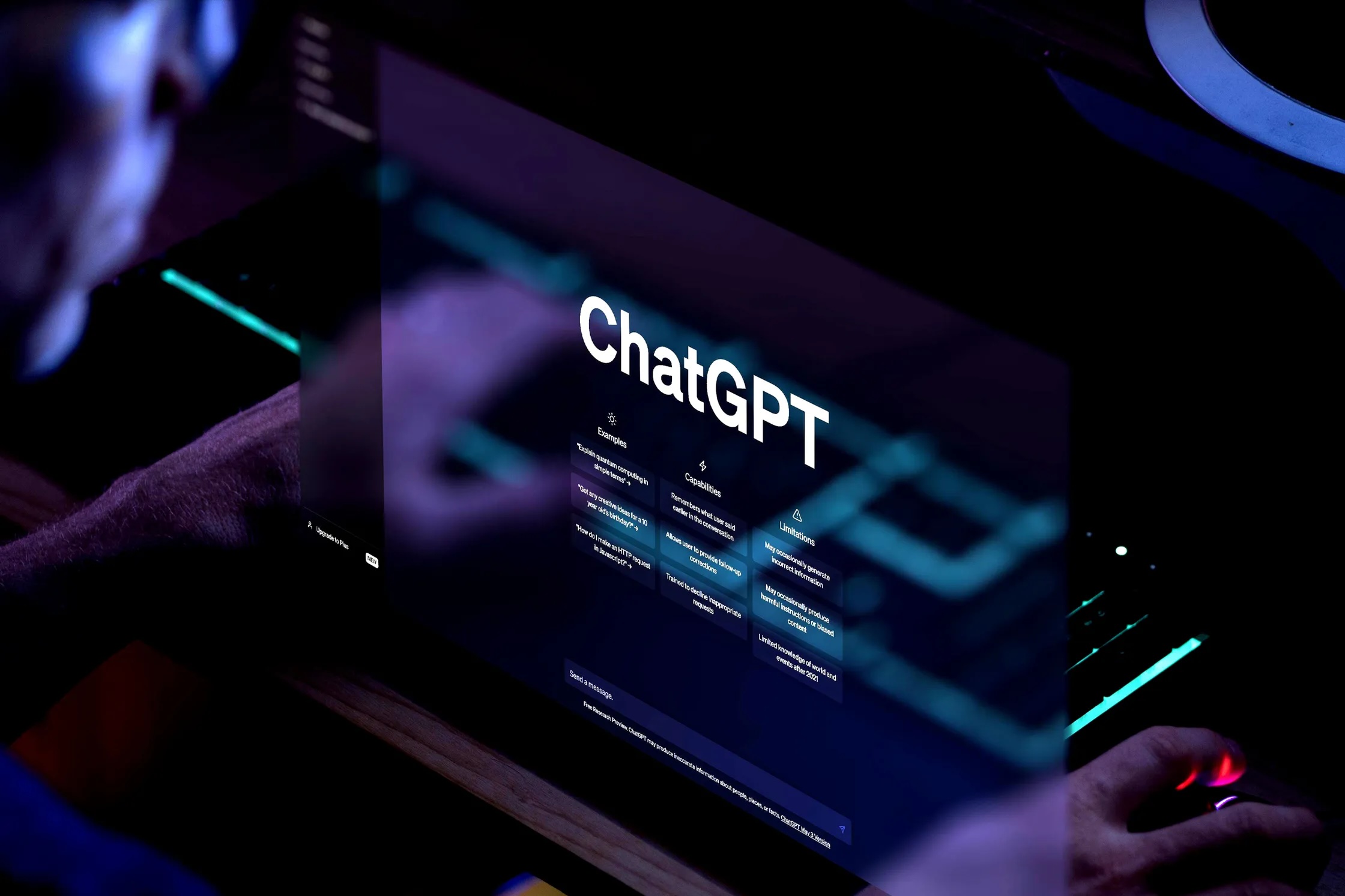


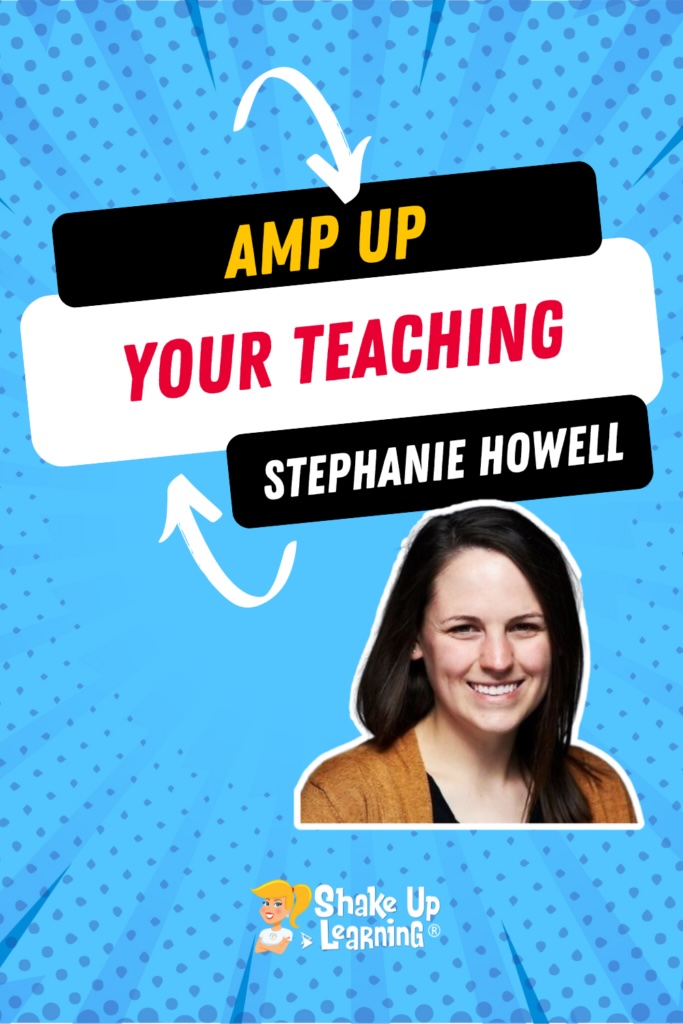
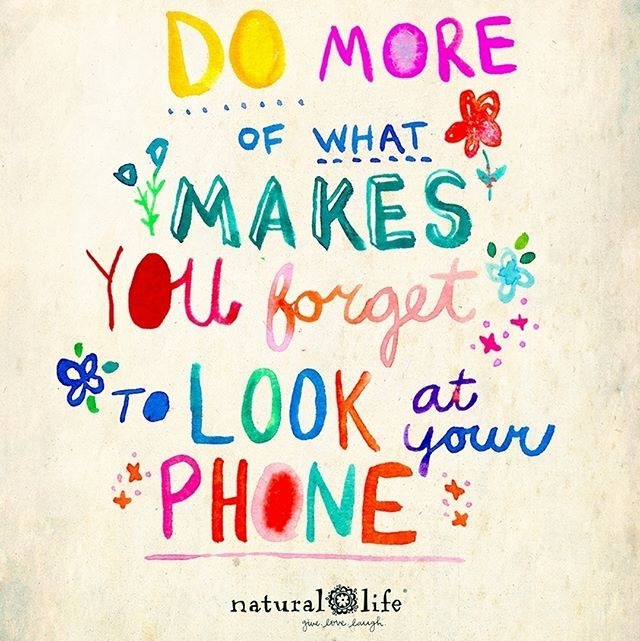 @LharaMullins
@LharaMullins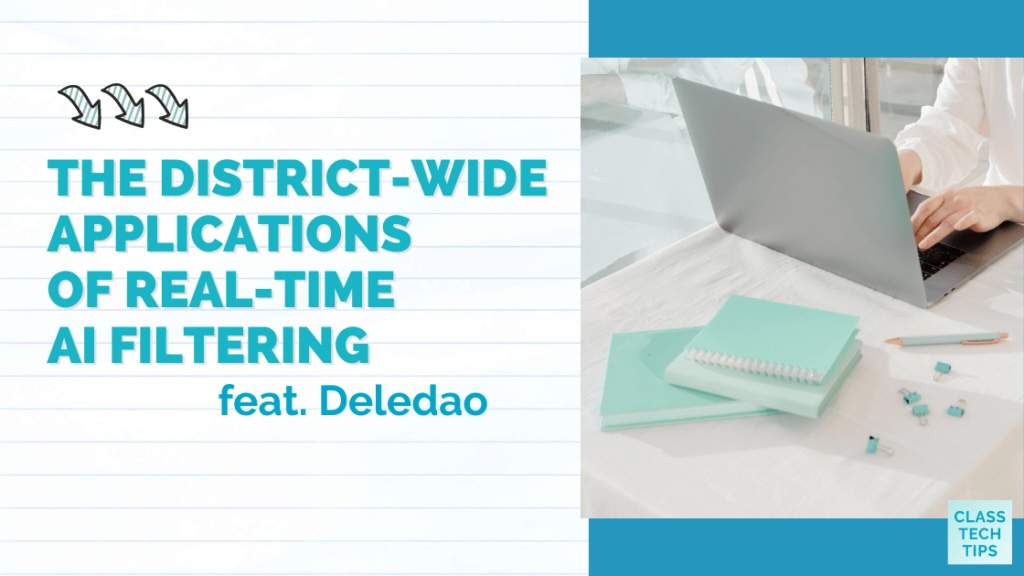

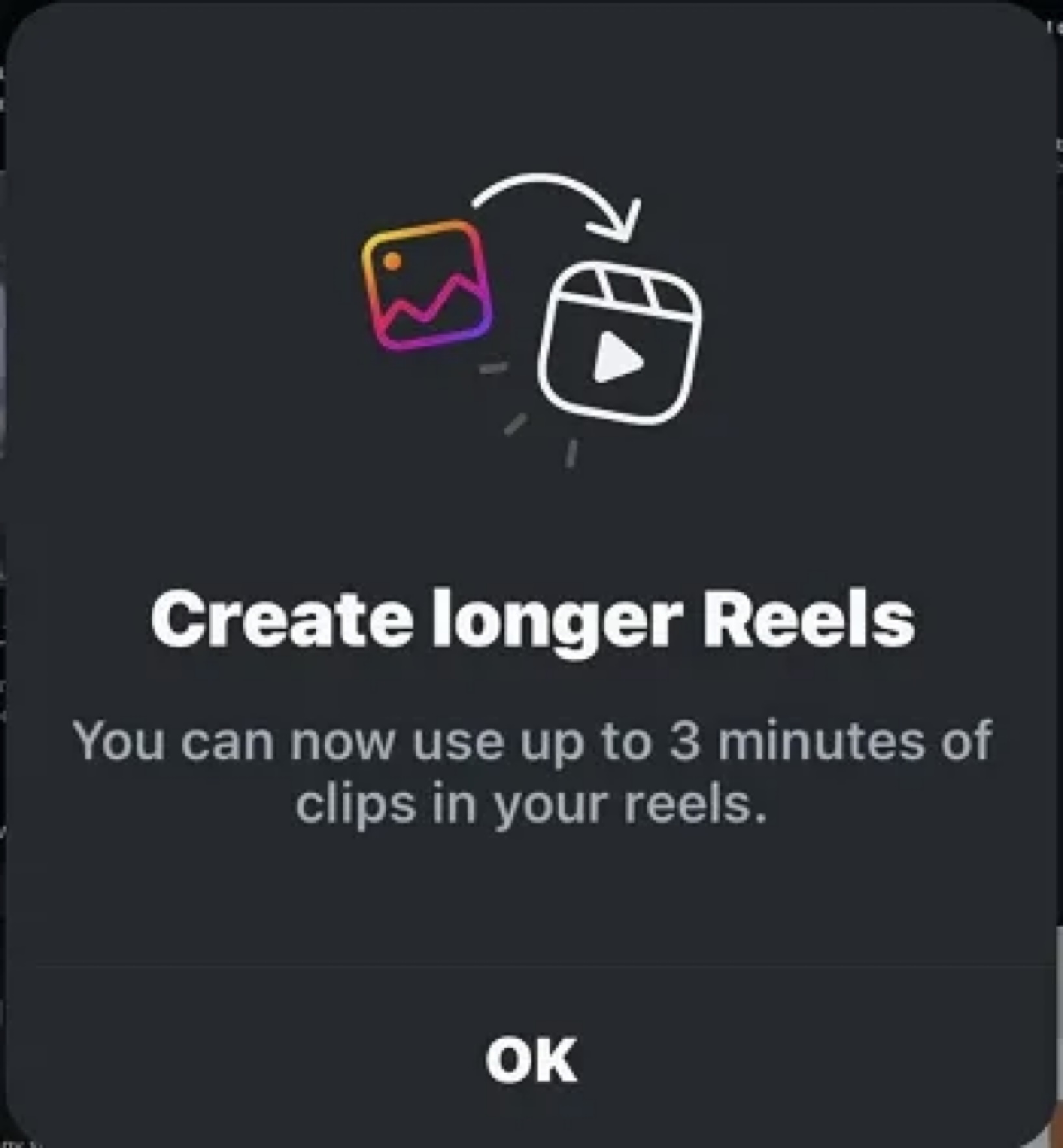


 @Gaongvpod
@Gaongvpod
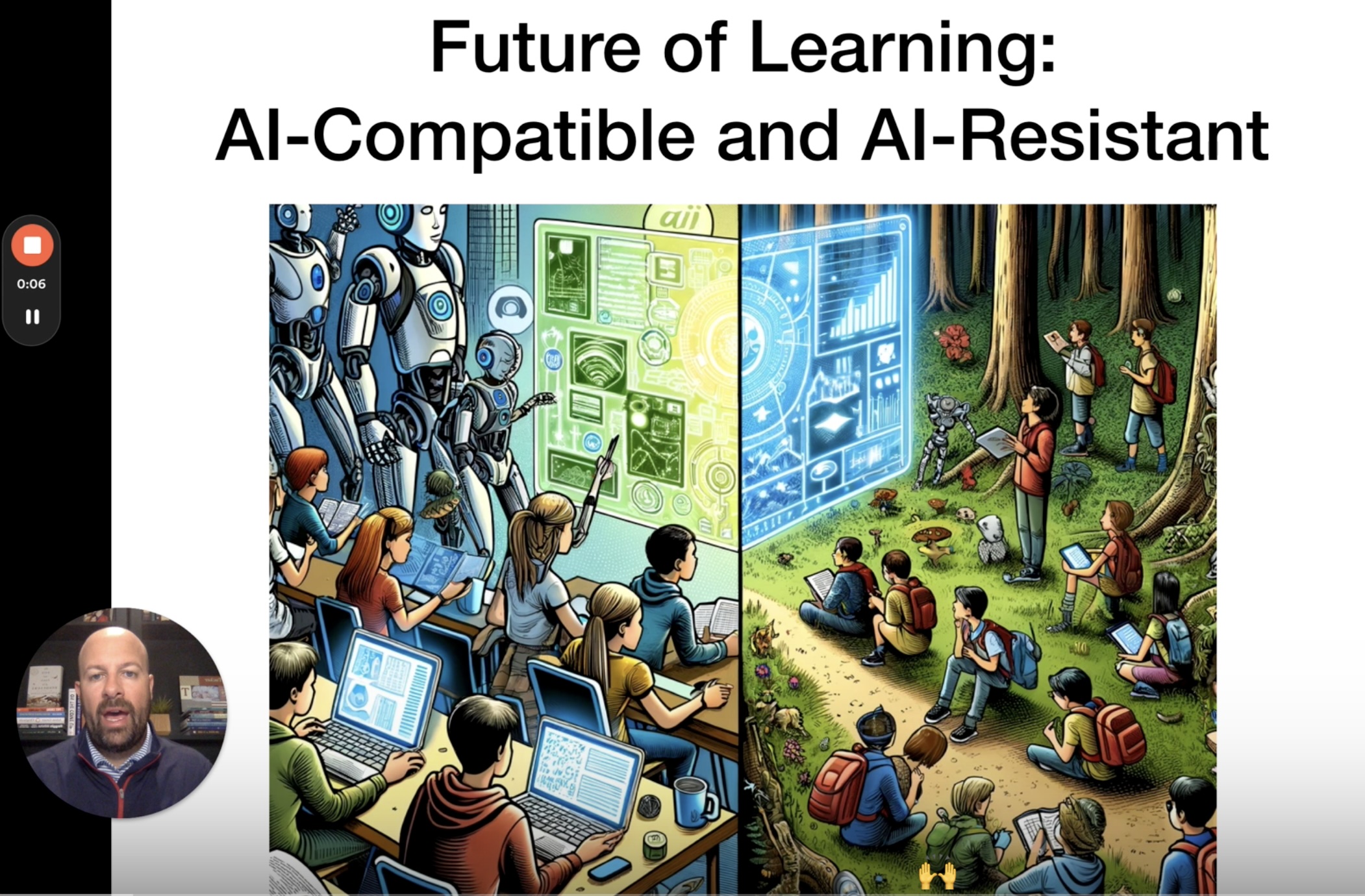

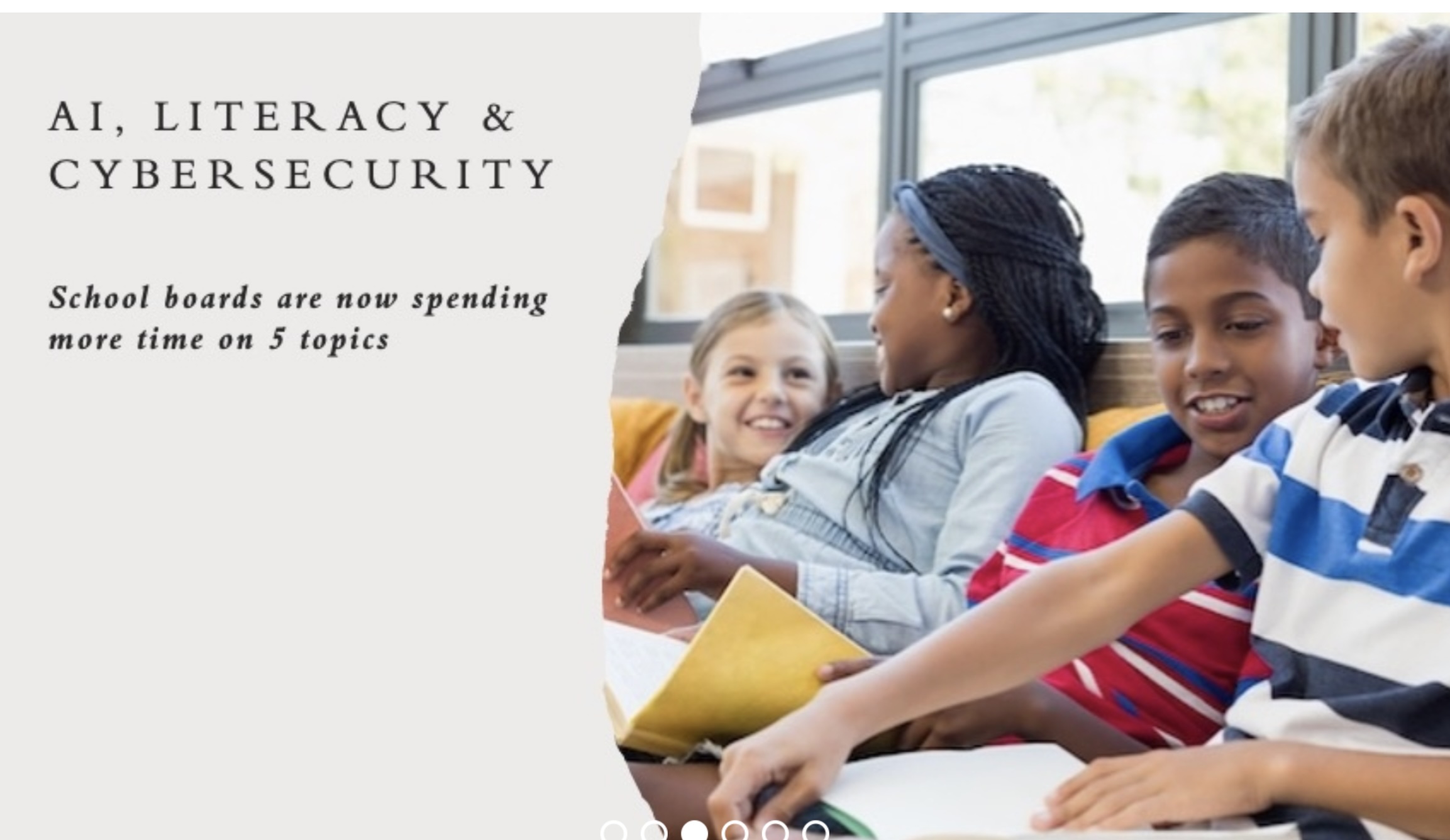



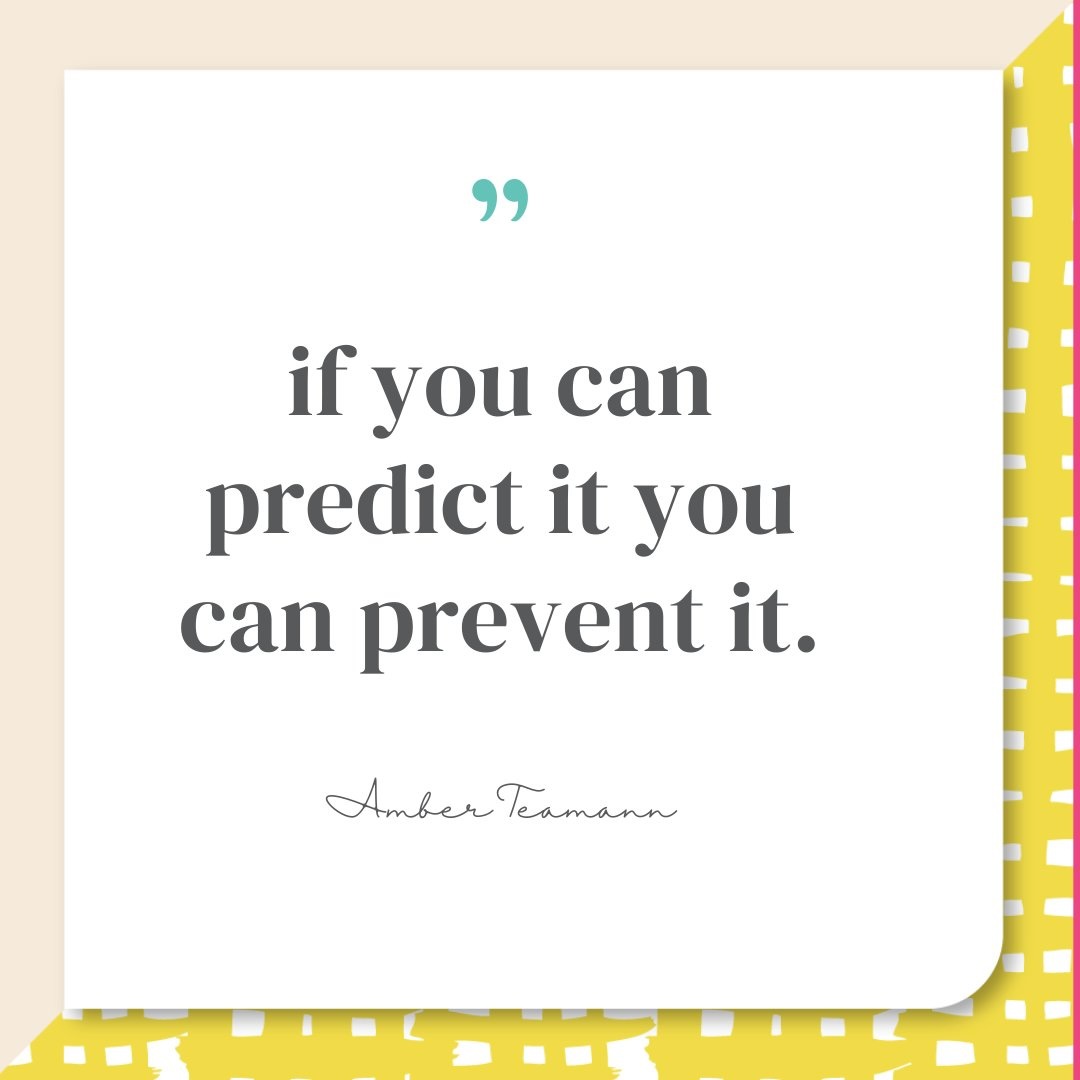 @8Amber8
@8Amber8